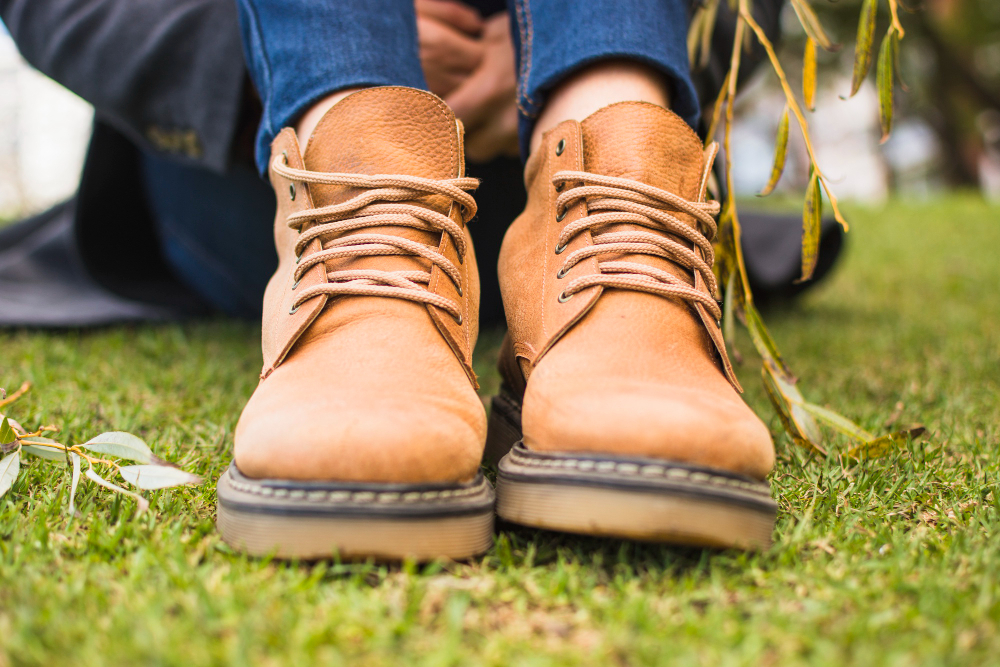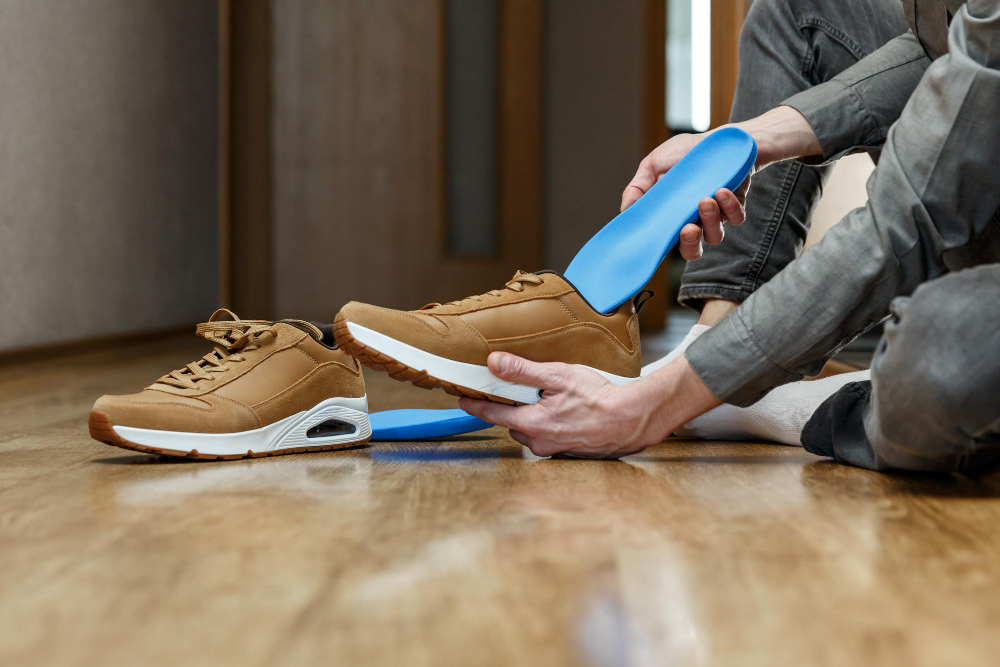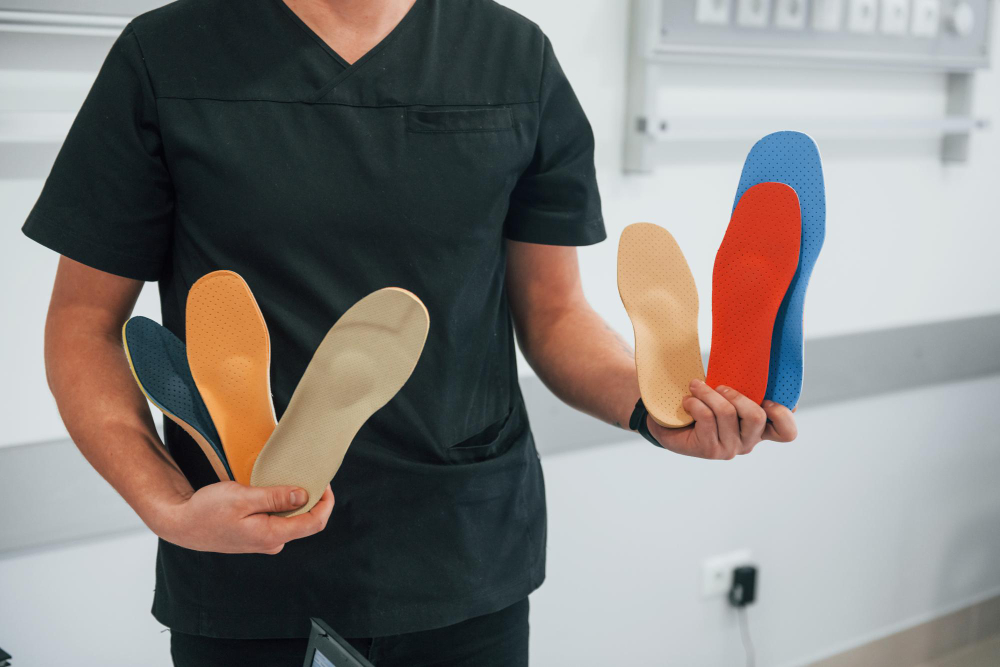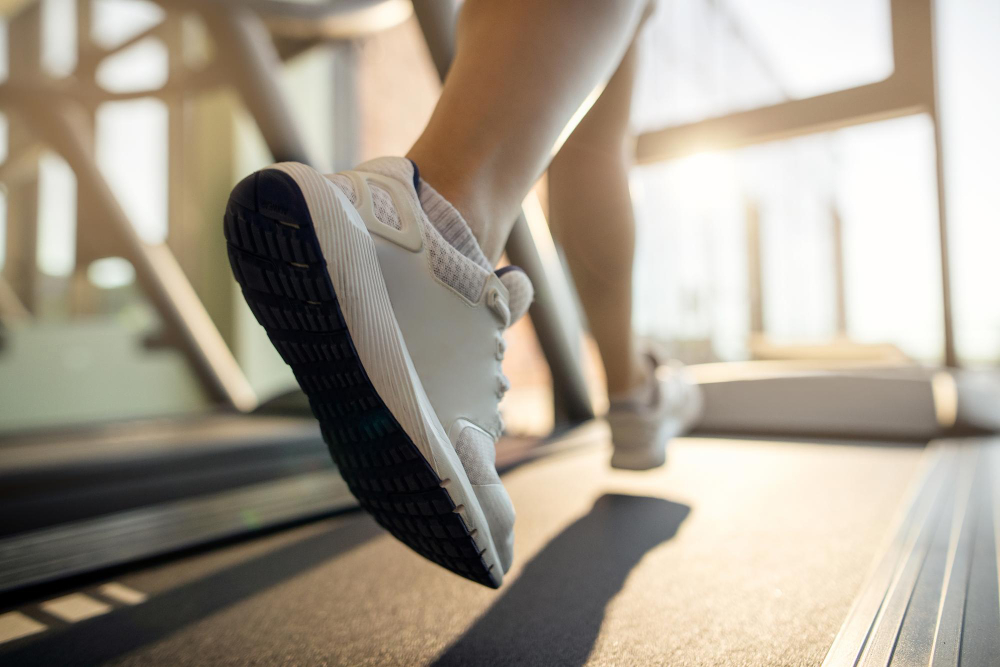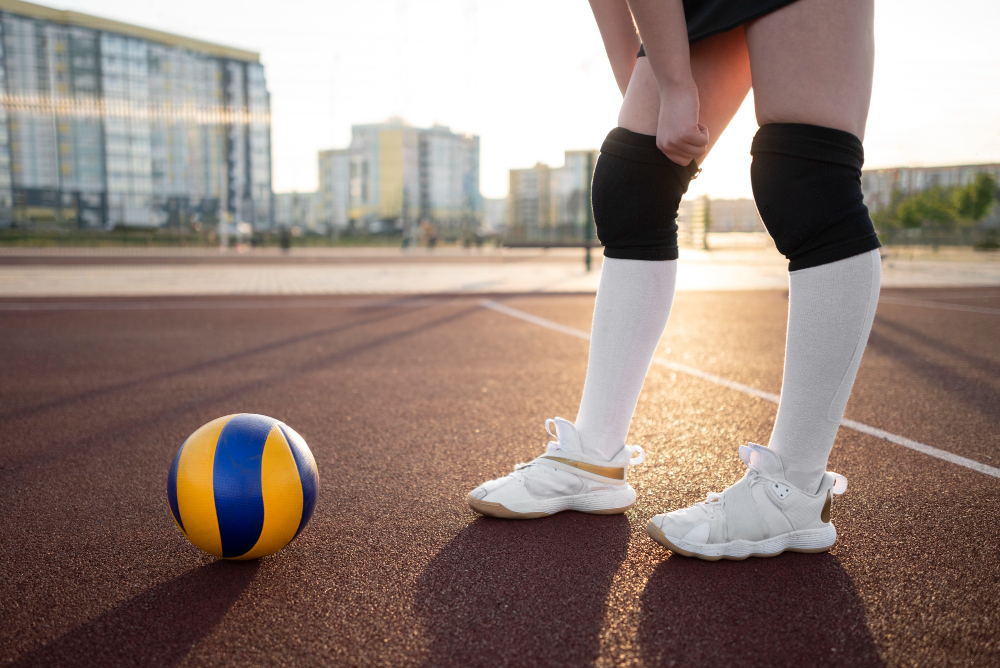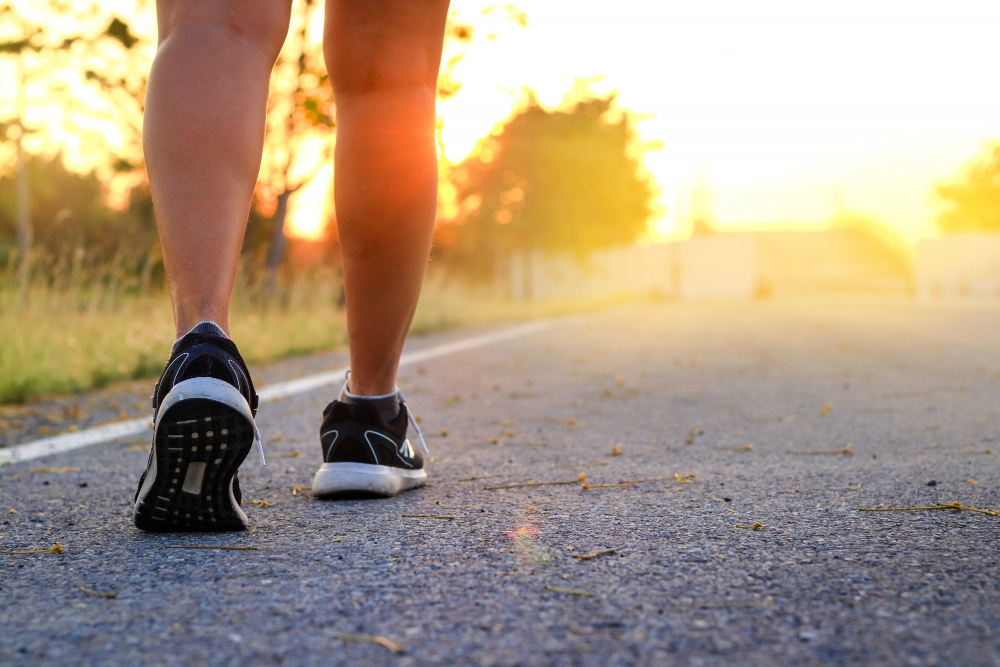Golf and foot orthotics
Golf is a demanding game that can place strain on the feet and legs. Balance and stability are essential to ensuring that you are playing to the best of your ability. The leg and foot movements involved in golfing are comparable to dance steps. The weight is placed on the balls of the feet, and is then shifted towards the heel of the foot before moving forward again during the course of a typical golf swing. It stands to reason that problems with biomechanical imbalances in the feet may have a negative impact on your golf game. Maintenance of proper foot alignment is critical for controlling the lateral and pivoting motions of the golf swing. An imbalance in the lower limbs can leave players susceptible to swaying and result in imprecise contact with the golf ball. Sturdier legs and a stronger posture will increase the power of your drive and allow your ball to travel further.
Golf-related Injuries
In addition to the significant amount of walking involved in a typical game of golf, the action of the golf swing can place a strain on the legs, abdomen and back. Biomechanical imbalances in the feet can predispose golfers to strain and overuse injuries on the ligaments and tendons of the lower leg. Overpronation in the feet can lead to lower back pain and shin splints. Like many sports that involve prolonged periods of activity, golfers are also susceptible to plantar fascitis, an inflammation of the connective tissue lining the bottom of the feet. Some golfers may also experience tendonitis as a result of the pressures placed on the foot during the golf swing. In addition to establishing a better point of contact with the ground while executing a golf swing, properly-fitted orthotics will realign the feet and allow micro-tears in ligaments, overused muscles, and other injuries to rest and heal more quickly.
Golf Shoes and Custom-fitted Orthotics
In addition to incorporating the basic principles of advanced athletic footwear design, golf shoes often come equipped with lightweight graphite shank reinforcement to add strength. A good fit is paramount. Try to buy your golf shoes later in the afternoon when feet tend to be more swollen, and wear the same type of sock you will wear when playing golf. If you already wear orthotics, make sure to take them with you when you try on golf shoes. If you play golf regularly, consult with your orthotics provider about golf orthotics prescribed specifically for the biomechanics of golf. Several studies have indicated that the use of orthotics can benefit golfers by reducing the effects of fatigue, improving performance, and having a positive impact on golf swing, balance, and shot accuracy.

